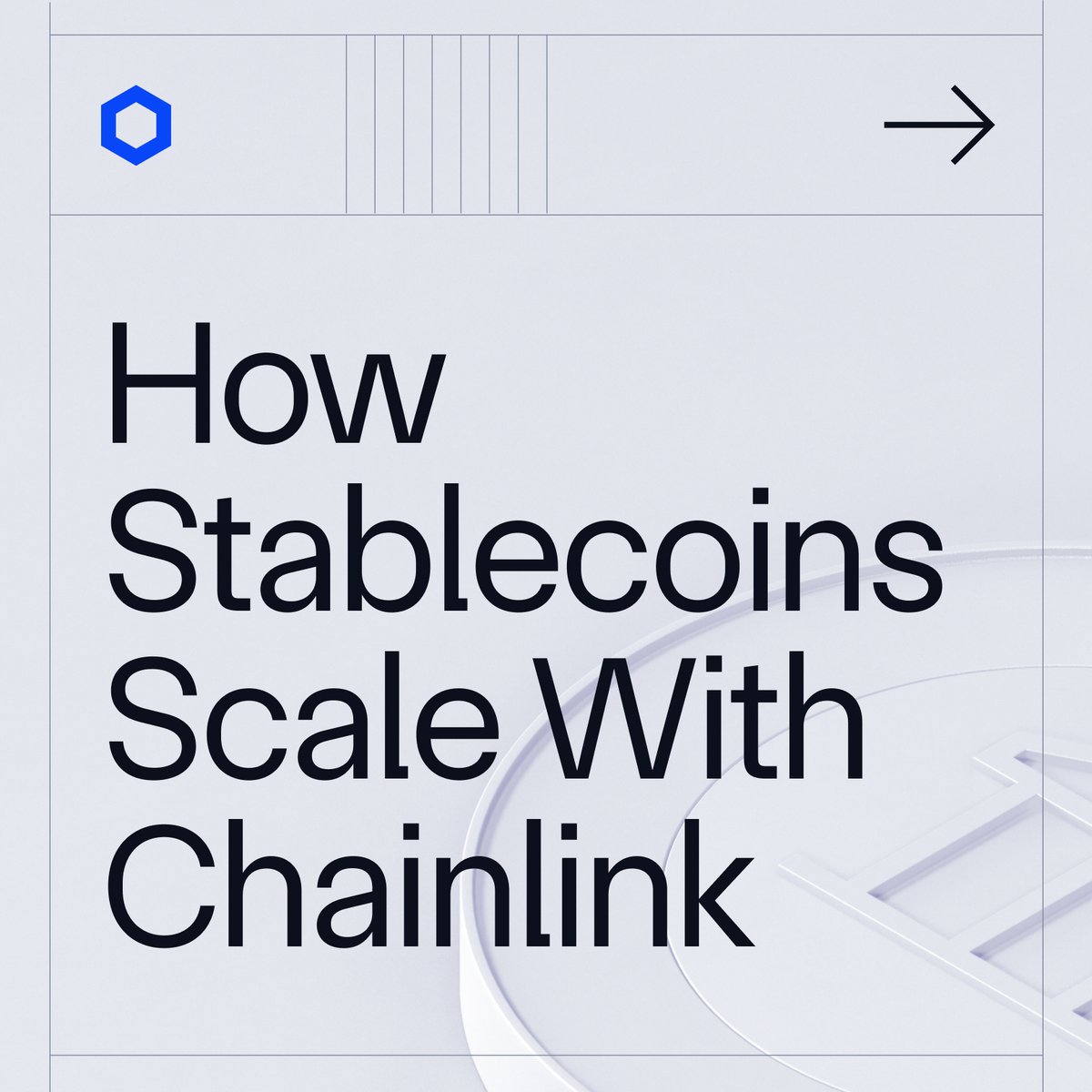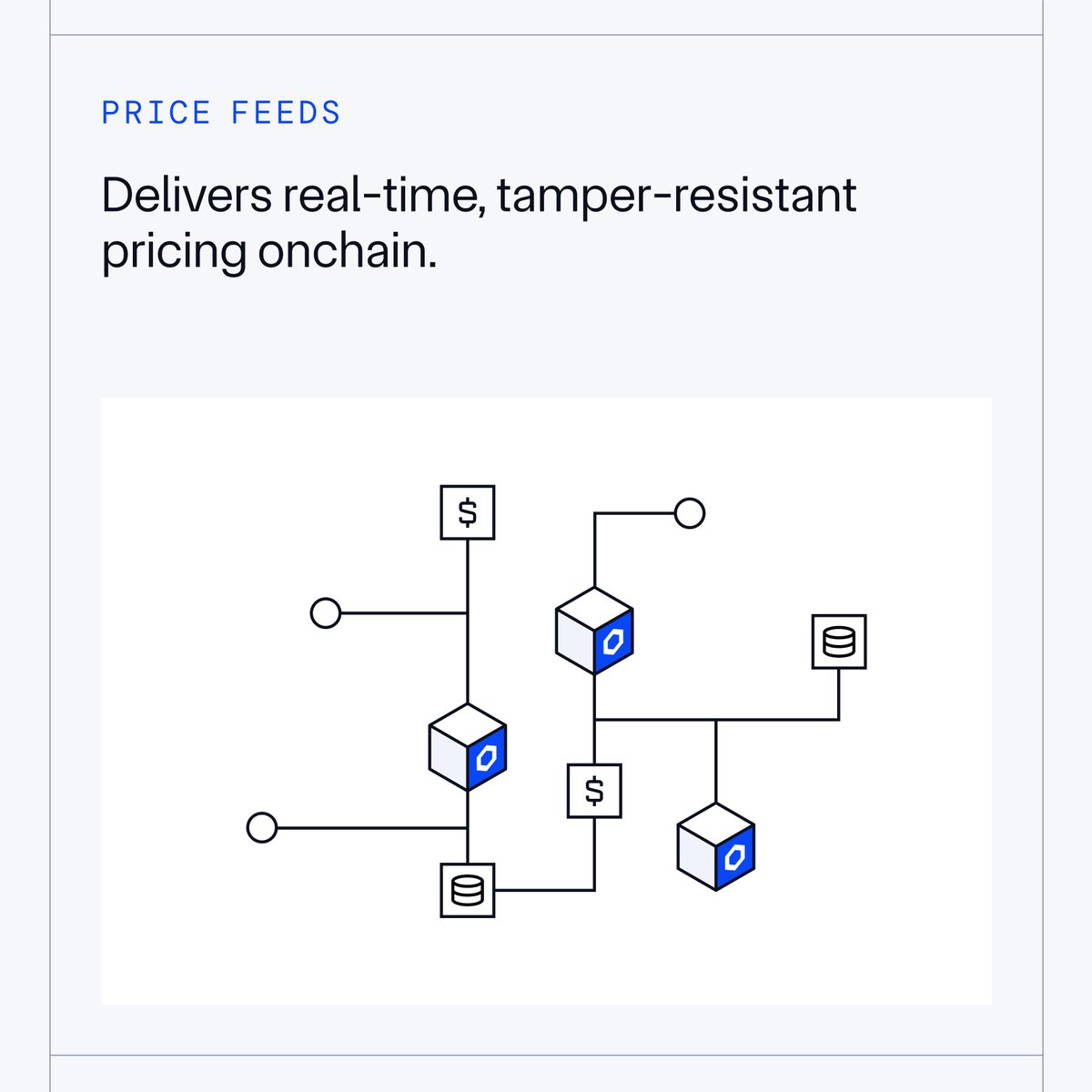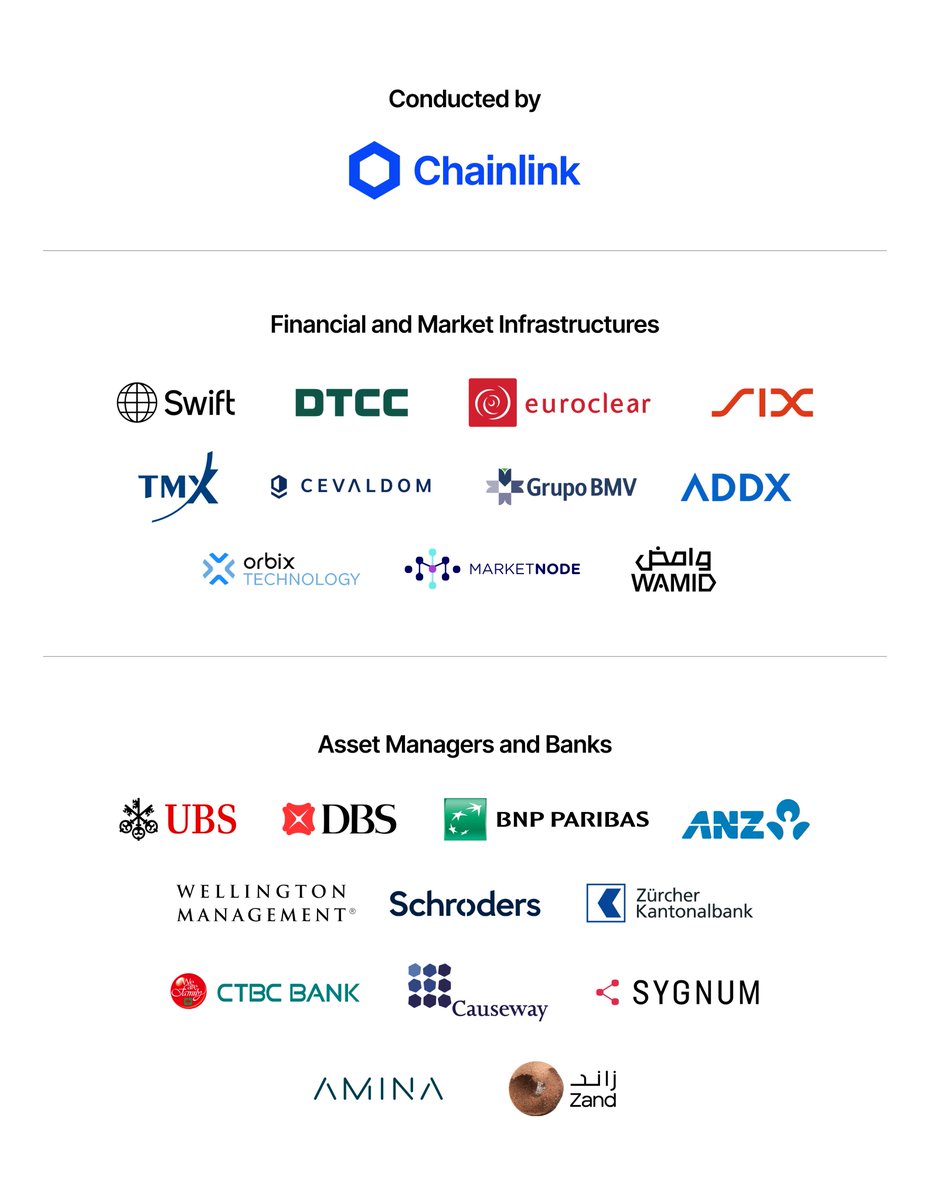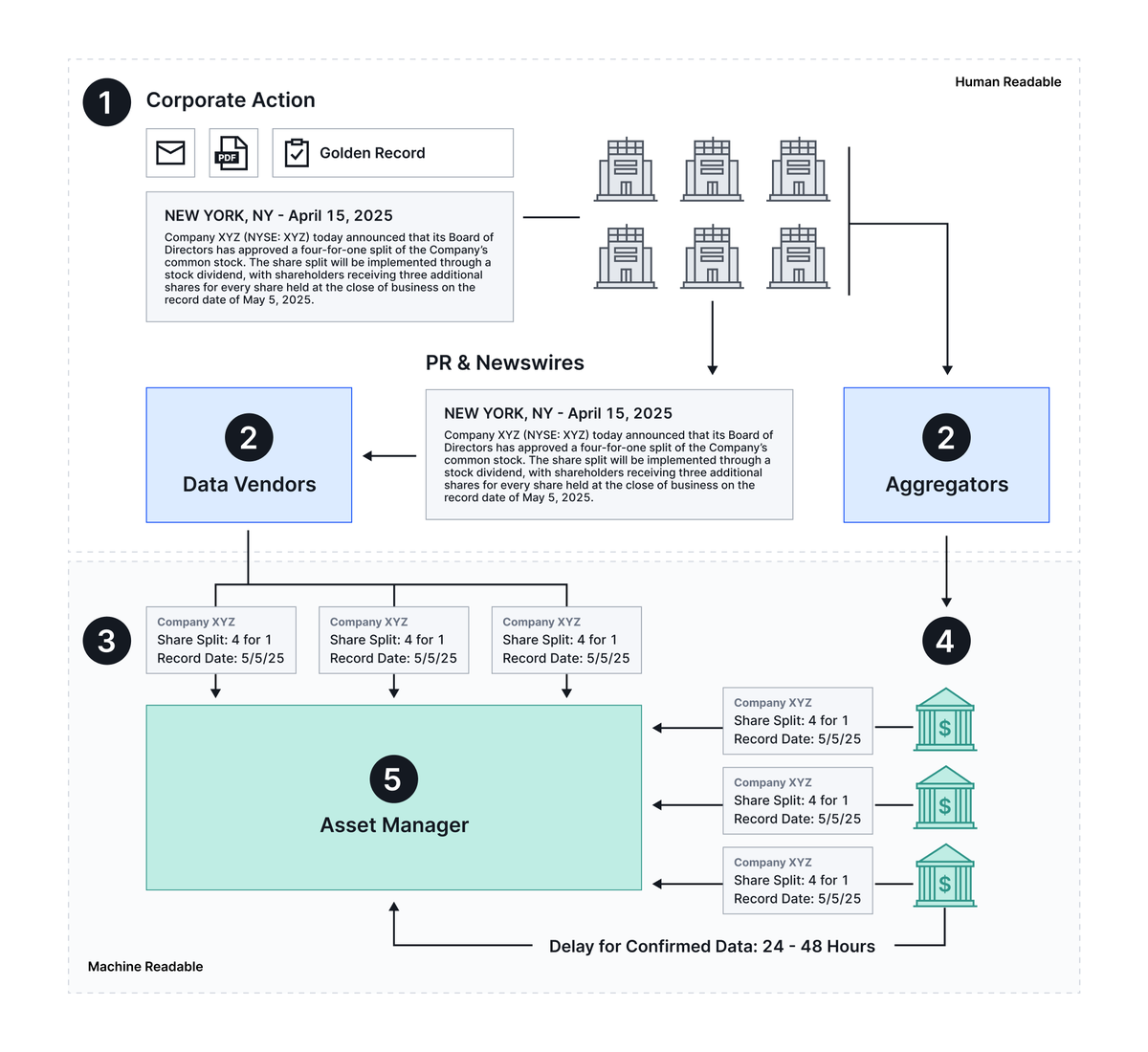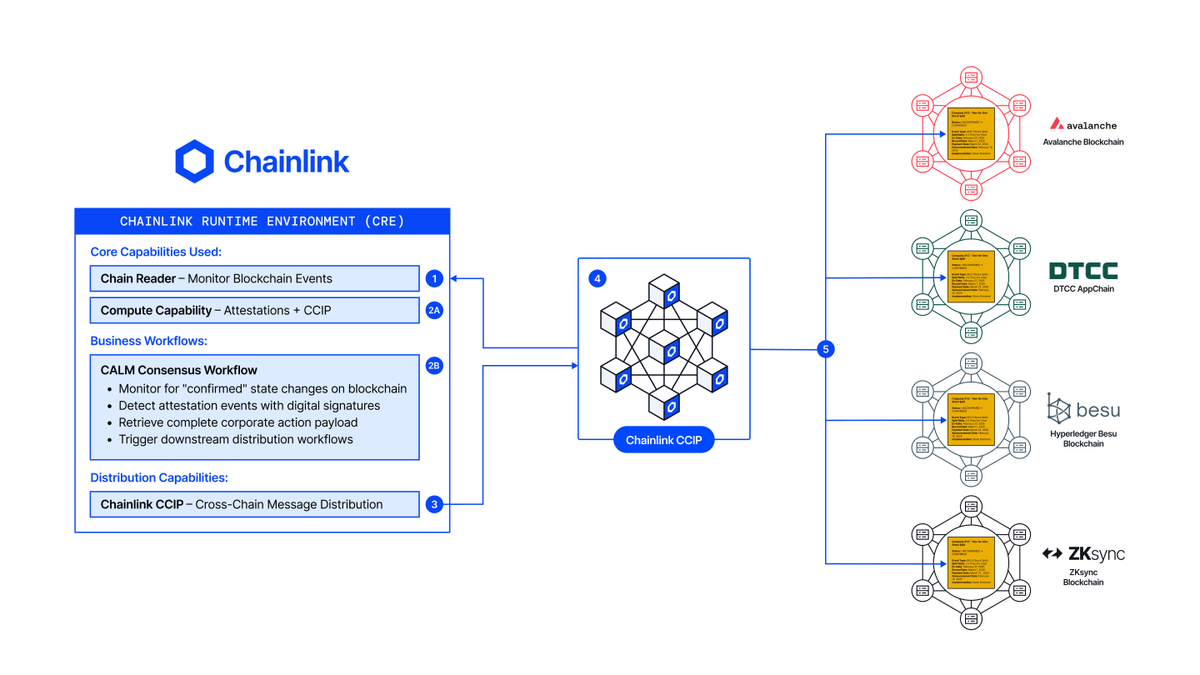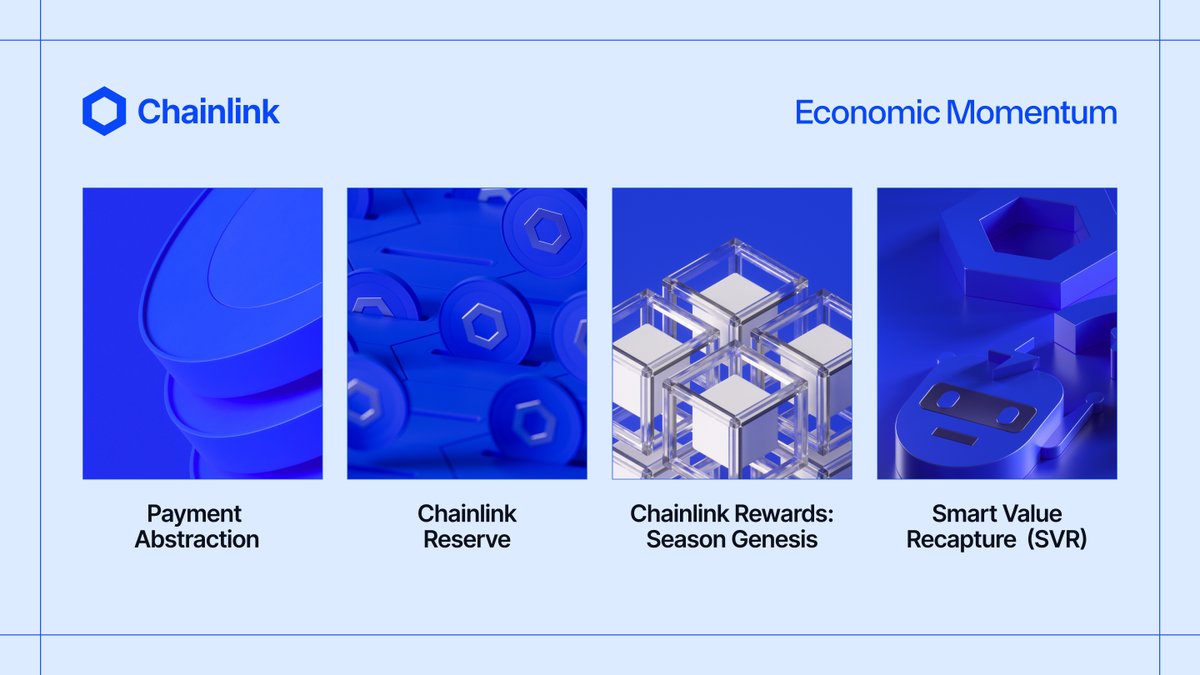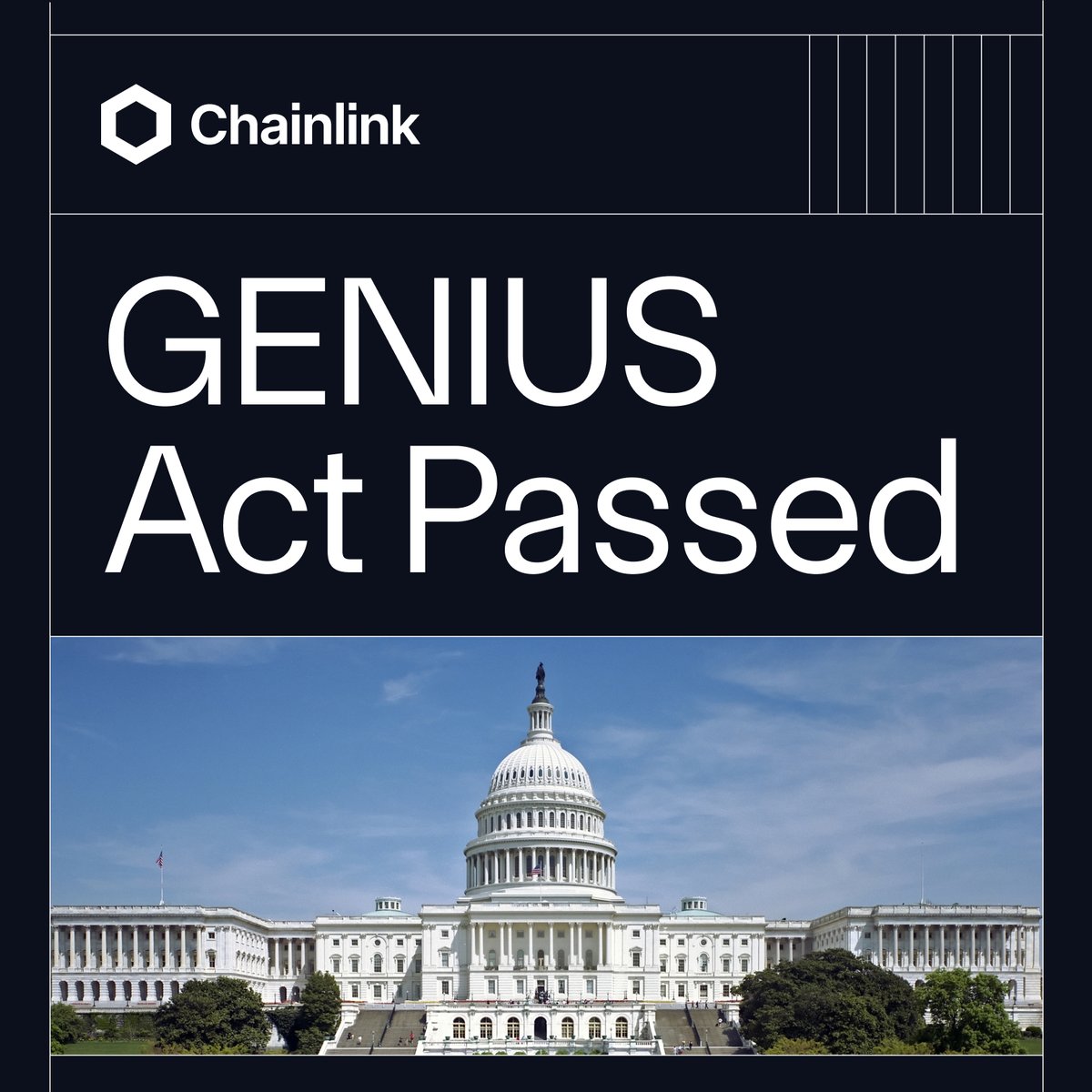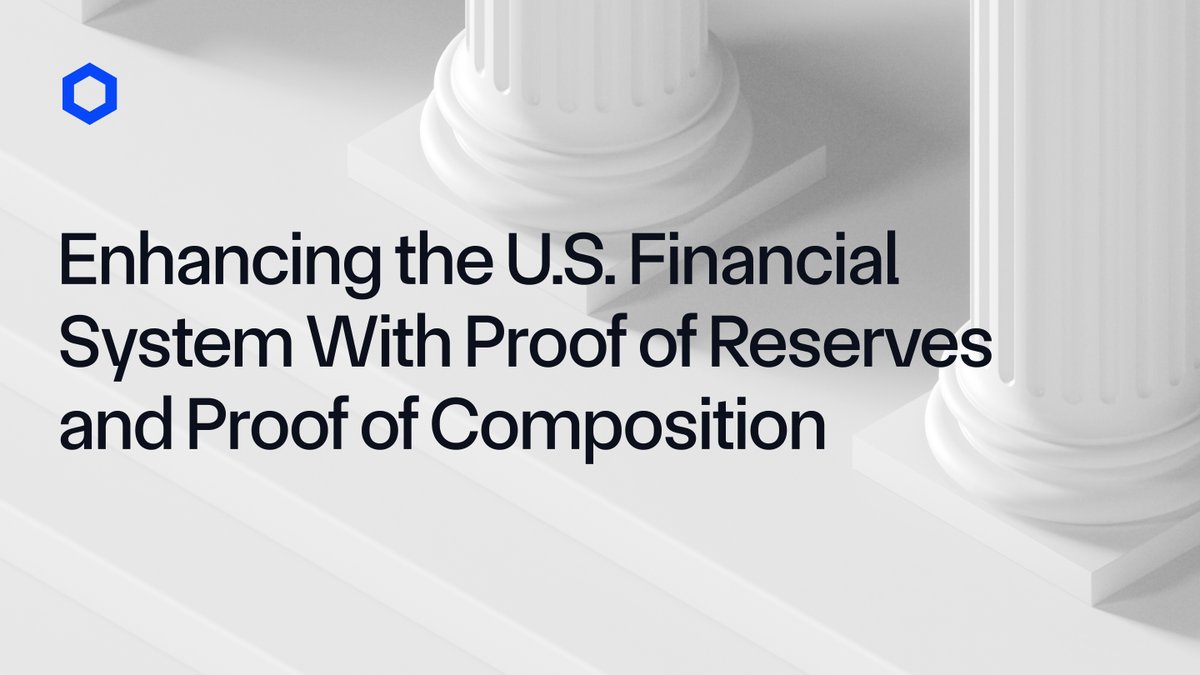Chainlink is essential infrastructure for the tokenized asset economy, providing data, interoperability, and security to RWAs at scale.
12 examples of how Chainlink is powering the tokenization megatrend 🧵
1. Verifying ARKB BTC ETF reserves with @21shares_us:
2. Helping to calculate collateral value on @AngleProtocol when users borrow agEUR using RWAs:
3. Increasing the transparency of @BackedFi’s tokenized treasuries, ETFs, and other RWAs:
4. Supporting the adoption of @Brickken’s tokenization solution via #ChainlinkBUILD:
5. Supporting the digitization of gold reserves with @iondigitalusa:
6. Helping to secure the minting and cross-chain movement of tokenized short-term U.S. Treasury Bills by @realMatrixport:
7. Supporting @Paxos’ PAX Gold (PAXG) tokens with high-quality price data:
8. Enabling PYUSD to be adopted across DeFi through tamper-proof market data:
9. Helping to secure the minting function of @Poundtoken:
10. Helping to power staking rewards distribution for @PropyKeys:
11. Increasing reserves transparency for @StablREuro:
12. Helping to secure the minting of @tusdio:
In addition to the growing adoption of Chainlink’s essential infrastructure for tokenized assets, Chainlink has been highlighted as the most active RWA-related protocol based on the number of GitHub commits in the last 30 days:
Tokenization is the first step toward reformatting the financial system. If you’d like to take a deep dive into the RWA megatrend, read this report with contributions from BCG, 21Shares, Paxos, Backed, and Chainlink: prnewswire.com/news-releases/…
angle.money/blog/integrati…
backed.fi/news-updates/b…
brickken.com/en/post/brickk…
data.chain.link/feeds/avalanch…
matrixdock.com/blog/announcem…
data.chain.link/feeds/ethereum…
data.chain.link/feeds/ethereum…
chain.link/case-studies/p…
propykeys.medium.com/propykeys-inte…
stablr.com/insights/stabl…
data.chain.link/feeds/ethereum…
pages.chain.link/hubfs/e/defini…
12 examples of how Chainlink is powering the tokenization megatrend 🧵
1. Verifying ARKB BTC ETF reserves with @21shares_us:
2. Helping to calculate collateral value on @AngleProtocol when users borrow agEUR using RWAs:
3. Increasing the transparency of @BackedFi’s tokenized treasuries, ETFs, and other RWAs:
4. Supporting the adoption of @Brickken’s tokenization solution via #ChainlinkBUILD:
5. Supporting the digitization of gold reserves with @iondigitalusa:
6. Helping to secure the minting and cross-chain movement of tokenized short-term U.S. Treasury Bills by @realMatrixport:
7. Supporting @Paxos’ PAX Gold (PAXG) tokens with high-quality price data:
8. Enabling PYUSD to be adopted across DeFi through tamper-proof market data:
9. Helping to secure the minting function of @Poundtoken:
10. Helping to power staking rewards distribution for @PropyKeys:
11. Increasing reserves transparency for @StablREuro:
12. Helping to secure the minting of @tusdio:
In addition to the growing adoption of Chainlink’s essential infrastructure for tokenized assets, Chainlink has been highlighted as the most active RWA-related protocol based on the number of GitHub commits in the last 30 days:
Tokenization is the first step toward reformatting the financial system. If you’d like to take a deep dive into the RWA megatrend, read this report with contributions from BCG, 21Shares, Paxos, Backed, and Chainlink: prnewswire.com/news-releases/…
angle.money/blog/integrati…
backed.fi/news-updates/b…
brickken.com/en/post/brickk…
data.chain.link/feeds/avalanch…
matrixdock.com/blog/announcem…
data.chain.link/feeds/ethereum…
data.chain.link/feeds/ethereum…
chain.link/case-studies/p…
propykeys.medium.com/propykeys-inte…
stablr.com/insights/stabl…
data.chain.link/feeds/ethereum…
https://twitter.com/johnmorganfl/status/1787794551454712071
pages.chain.link/hubfs/e/defini…

• • •
Missing some Tweet in this thread? You can try to
force a refresh


